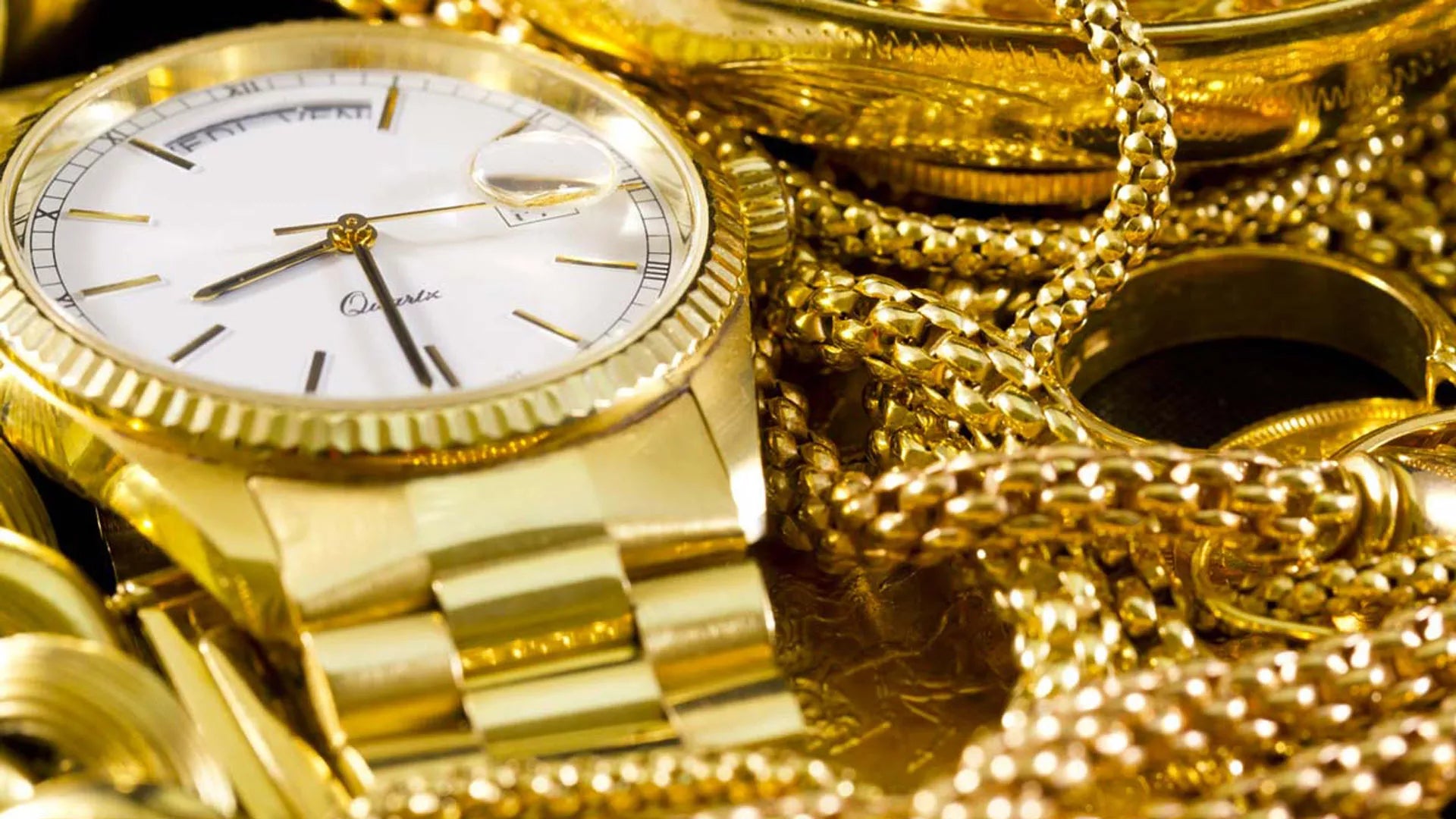In Buddhism it is considered one of the seven treasures and equated with wisdom . The word "emerald" comes from the Latin smaragdus , coming from the Greek smaragdos , but its original source is a Semitic term, izmargad , or a Sanskrit term, maragata , which literally means "emerald".
It is of dimetric crystalline group and hexagonal system. Its chemical formula is equivalent to Be 3 Al 2 Si 6 O 18 , i.e. beryllium , aluminium , silicon and oxygen together with chromium . Emeralds are graded using four basic parameters: color, cut, integrity and transparency . The most important aspect of the gem is certainly the color , followed by transparency . A good specimen must in fact have not only a pure green hue, but also a high degree of transparency to be one of the best in the world.
Emeralds tend to have numerous inclusions and cracks on their surface. Unlike diamonds , where integrity is measured using a standard 10x magnification lens, emeralds are measured with the naked eye. Thus, if an emerald has no cracks visible to the naked eye, it is considered flawless. Stones that lack a surface with cracks are extremely rare and therefore almost all emeralds are "oiled" to enhance their apparent integrity.
Due to this treatment they cannot resist extreme temperatures. Emeralds that are undamaged to the naked eye have a vivid shade of green with no more than 15% of any secondary color (either blue or yellow) with a medium-dark hue for the best prices. These non-uniform appearances cause emeralds to be more similar to other gemstones in cutting them into cabochons, rather than faceting.




 Progetto di Marketing Strategico per lo sviluppo del canale di vendita online BtoC.
Progetto di Marketing Strategico per lo sviluppo del canale di vendita online BtoC.